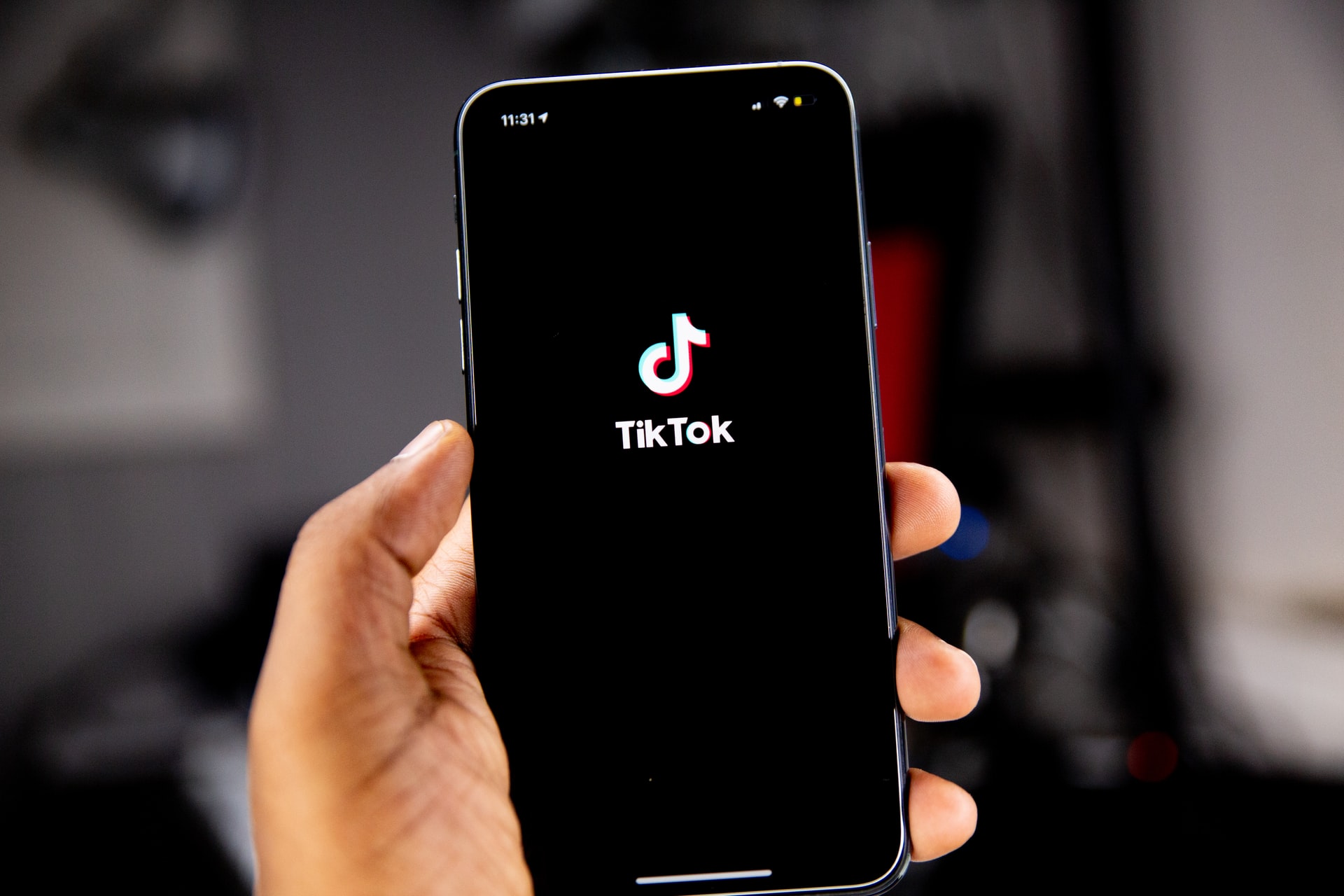Reading Time: 2 minutes
- Like all of us, government has an income (taxes, fees and other revenue) and expenditure (defence, welfare/stimulus packages, research, grants, subsidies), and it works on a budget.
- When income is more than expenditure for a year, the budget is said to be in surplus; when it is less than expenditure, the budget is said to be in deficit.
- Deficits, when accumulated over years, are known as debt.
- Most countries are always in debt and they don’t mind it (because debt fuels the economy) as long as there is growth.
- With the stimulus packages being doled out, the debt for most countries is expected to skyrocket and the governments will do, with more intensity, what they always do to raise money.
- To fund debts, governments look for lenders and set up auctions of ‘pieces of paper’ known as government bonds.
- A government bond is a written guarantee by a government that it will pay the investor back the money the investor is lending, plus an interest.
- Before the auction, the government announces (in media) the amount it wants to borrow, the maturity date of the bond and sometimes the purpose of raising the money.
- During auction, bidders bid for the expected interest rates and disclose the amount (out of the total government requirement) they would like to lend.
- There are usually two types of bids: non-competitive & competitive.
- Non-competitive bids are made by small investors and individuals and they are guaranteed to receive some portion of the bonds for their money.
- Whatever amount is left after non-competing allocation is offered for competitive bids, which are made by big investors i.e. corporations, foreign investors, foreign banks and foreign governments?As per SCMP, China has about US$1.1 trillion worth of US Treasury bonds; competitive bidders are also restricted on the percentage of total amount they can lend (e.g. 30% of the total being raised).
- Bonds against which loans are being raised can range from short-term (less than 1 year) to long-term (30 years).
- The interest on these bonds becomes an expenditure for the government and adds to the debt, which reduces when a country has a surplus year and it decides to reduce some of the debt.
*As per SCMP, China has about US$1.1 trillion worth of US Treasury bonds
Image courtesy of Photo by Alexander Mils from Pexels
Reference shelf :






















